Smartphone cameras to watch

Nowadays I rarely see someone carry around a compact camera. Almost everyone rely on their smartphone’s camera to capture their precious moments. Many critics will still say that you will need a DSLR for proper photography, but I think if you take photography as just a hobby, you can actually be quite satisfied with the cameras in smartphones nowadays. As a photography enthusiast myself, I tend to consider image quality as one of the main criteria before purchasing a new phone. While I am very happy with my Padfone S now, there are newer and upcoming phones that I would consider worthy of my attention and perhaps yours if you are like me. And here they are.
1. Asus Zenfone Zoom
While it may not be the slimmest phone in the list here at 12mm thick, it has something many other manufacturers lack: a 3x optical zoom lens, making it the thinnest phone with 3x optical zoom. Lens assemblies with optical zoom are very bulky and we see Samsung’s laughable efforts with their Galaxy K Zoom which looks more like a camera than a smartphone. While the zoom range is smaller, Asus’s efforts to incorporate a 3X optical zoom into a 12mm thick body is already commendable. With a 13MP PixelMaster rear camera with an aperture of f/2.7 – 4.8 across the 3X zoom range, optical image stabilization, laser auto-focus, dual color Real Tone flash, the Zenfone Zoom is well equipped to be punching among the top dogs, especially in the camera department. The software features are not to be ignored either. Low-light mode was very impressive in the older Zenfone series and the Padfone S, so I am expecting an even better implementation here. There is also a mechanical shutter button with zero shutter lag for a more camera-like feel when using the Zenfone Zoom. Manual controls were also added to their latest camera software. Not forgetting the selfie-loving crowd, the front camera is also upgraded to a 5MP sensor with a wide-angle (88 degree) f/2.0 aperture lens. No information about the processor or amount of RAM in this phone but I am betting it will be similar to the Zenfone 2 which will have a Intel 64-bit quad-core powering it. The Zenfone Zoom will be equipped with a 3000mAh battery, much bigger than the 2100mAh one in the Zenfone 5 which was barely enough for a day’s use. It gets the top spot in my list due to a very interesting implementation of optical zoom.
2. Honor 6 Plus
In what seems like an intentional coincidence, the newest devices from Honor are named Honor 6, and now the Honor 6 Plus. Putting aside the naming, let’s look at why it’s in this list. While HTC’s foray into a dual camera system with their aptly named Duo camera was more a miss than a hit, the team at Honor seemed to have gotten some inspiration from it, thus creating the Honor 6 Plus with a dual camera system named Eagle Eye Camera. With two 8MP sensors, the Honor 6 Plus’s aperture can be adjusted from f/0.95 all the way to f/16, allowing users to select the depth of focus after taking the shot, yet another feature HTC touted with their Duo camera. Instead of joining the megapixel race, Honor decided to take yet another page from HTC, focusing instead on larger pixels which are 1.98 microns. As a comparison, the size of a pixel on the ubiquitous 13MP Sony IMX214 sensor is 1.12 microns. The front camera is also a big 8MP. Under the hood is a Kirin 925 octa-core in big.LITTLE configuration mated to 3GB of RAM. With a big 3600mAh battery it should last at least a day out there shooting photos.
3. iPhone 6 Plus
Nope. I am not talking about the same phone twice. Earlier was the Honor 6 Plus. Okay. Let’s start off with me saying that I don’t really like iOS. It is smooth, efficient, but it really doesn’t suit me because I really like to customise stuff. But the camera on the iPhone 6 Plus is quite worthy of mention. First off, it produces nice photos without needing any meddling with the settings, perfect for spur of the moment shots. Next, I really like Apple’s post processing in their iPhone cameras. But this time the iPhone 6 Plus really makes the camera all the more impressive with better hardware in combination to its software prowess. While it may not be the highest resolution camera (8MP) or have gimmicky features like changing focal depth after taking a photo, it makes up for it with features that will actually be used daily. With Focus Pixels — Apple’s way of saying phase-detection — the iPhone 6 Plus is able to obtain focus faster than standard contrast detection autofocus. The iPhone 6 Plus also has OIS unlike the iPhone 6. It works in tandem with software to produce better images. Video capture is also improved with 1080p at 60fps or 720p at 240fps (slow-mo). I rarely record videos so this is rather useless to me. While it is impressive, the pricing puts it out of range for me, explaining the lower ranking.
4. Lenovo Vibe Shot
Next up is the Lenovo Vibe Shot, which has a 16MP Samsung sensor, f/2.2 lens and OIS, and a triple LED flash. It looks a lot like a Sony compact camera of yore and by the way Lenovo is marketing it, it is supposed to replace your compact cameras, if anyone still uses one. Beside the mechanical shutter key, it has a physical switch to allow changing modes from Smart to Pro. Smart is the usual Auto mode in every smartphone, while Pro gives you manual controls over the exposure. Powered by a 64-bit Snapdragon 615 and 3GB RAM, it should serve as a capable smartphone besides being a good camera. Mentioned here due to a very minimalistic design.
5. Sony Z3 compact
The only one that is waterproof in this list, it is also the one with the highest megapixel count at 20.7 megapixels. While the camera may not be the best in low light, all the pixels make for a clearer image in bright conditions. Sony’s noise reduction isn’t the most subtle of them all and may cause smudgy images that look like waterpaintings. This smartphone is also listed mainly because of it’s compact dimensions and IP68 waterproof and dustproof rating. With a 4.6″ screen, it will fit smaller hands better than the other devices in the list. I would recommend this phone for consideration if: 1. female owner, 2. frequents water parks or 3. person in mind had a history of dropping his/her phone in water. If the Z3 compact is too small, the Z3 can also be considered. The image quality puts it lowest in my list.
Conclusion
While you may have noticed that I have left out some of the latest devices unveiled at the recent MWC 2015 such as the One (M9) and the Galaxy S6, my reasoning is that they do not seem to provide any special features in their cameras. One (M9) took a massive leap to 20MP from 4MP in the previous One (M8), and Samsung improved on the aperture of their camera. I personally think HTC overdid the upgrade with the 20MP sensor. Most of phones in the list I have also never used thus it is merely my opinion based on specs and feature lists but image quality is untested yet. So YMMV. Share your thoughts in the comments section below!















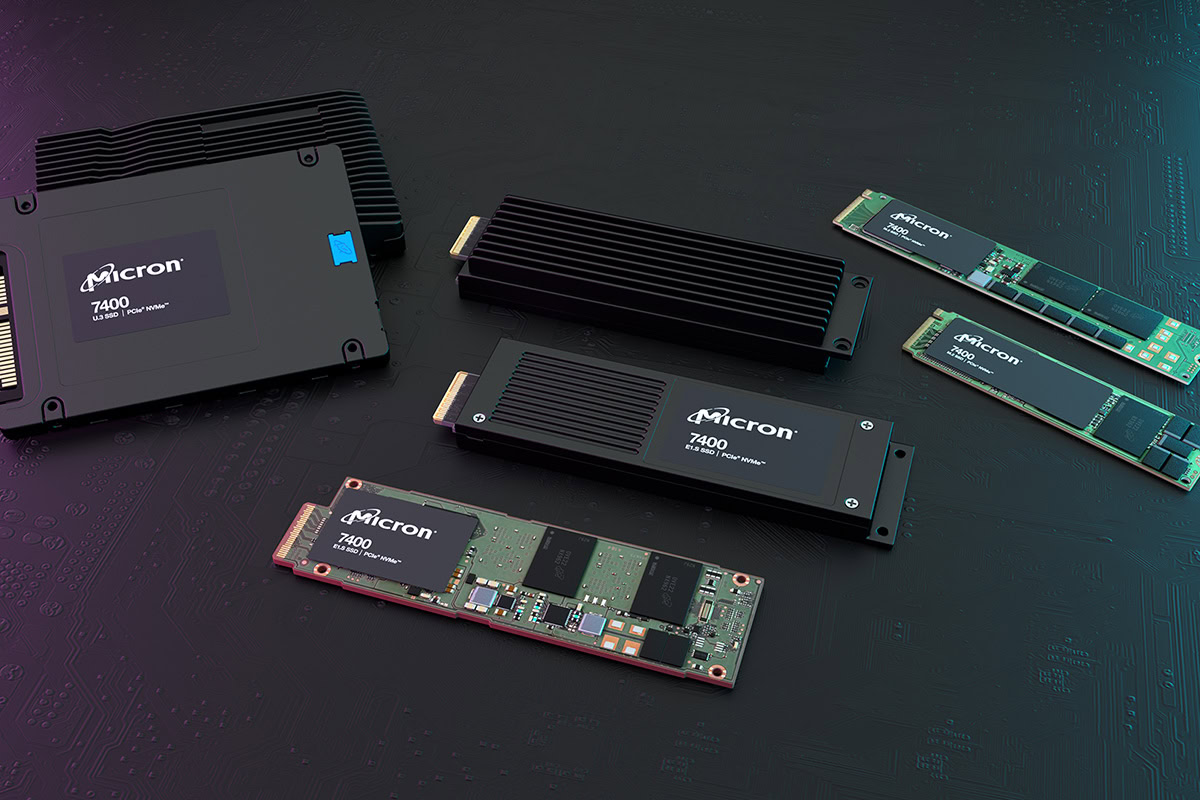
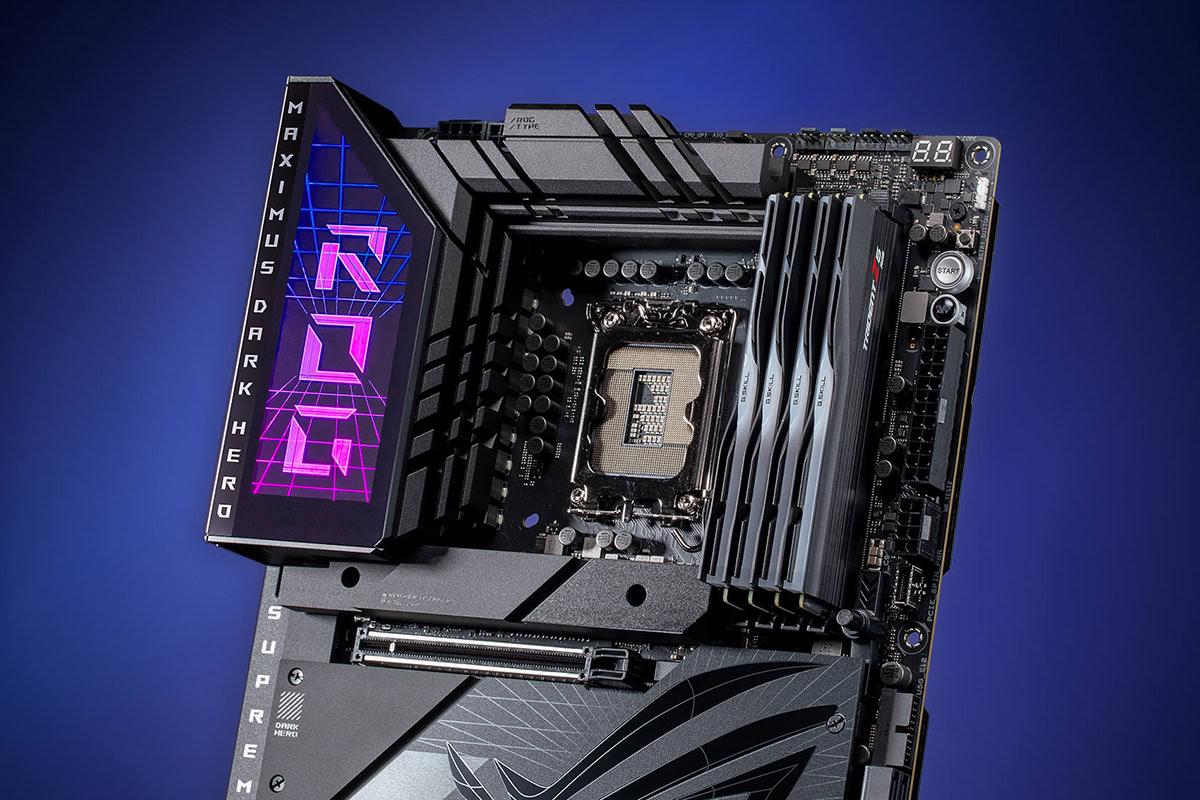
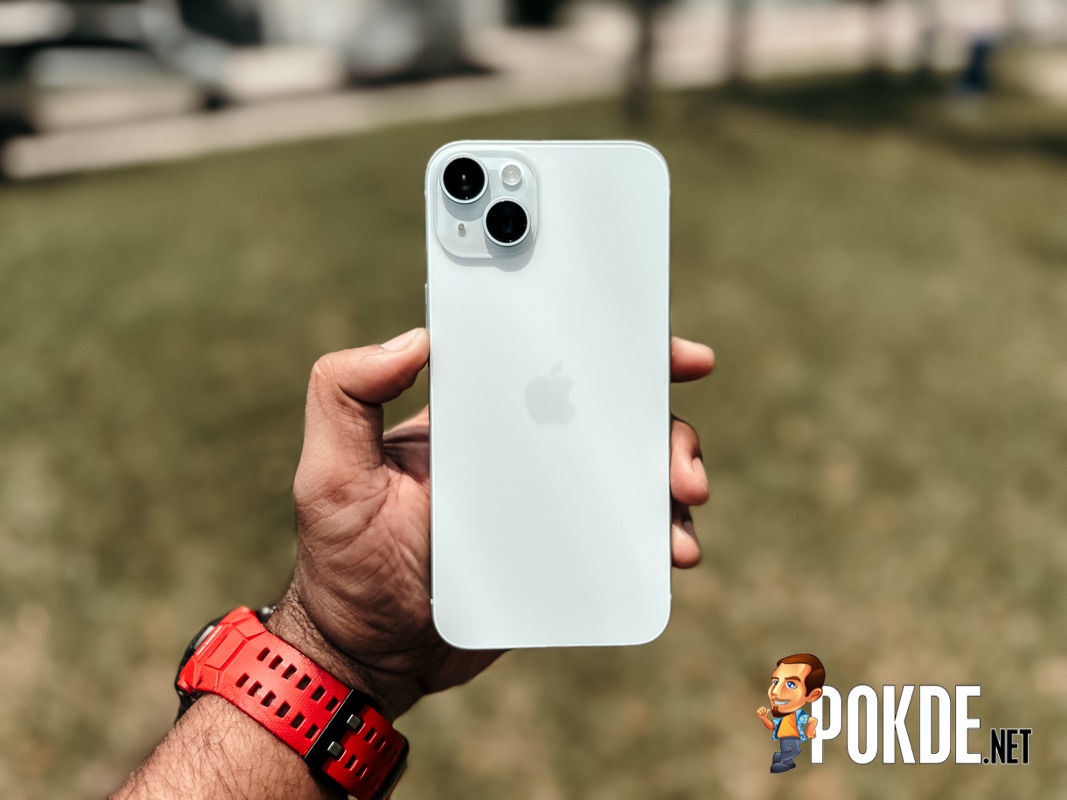
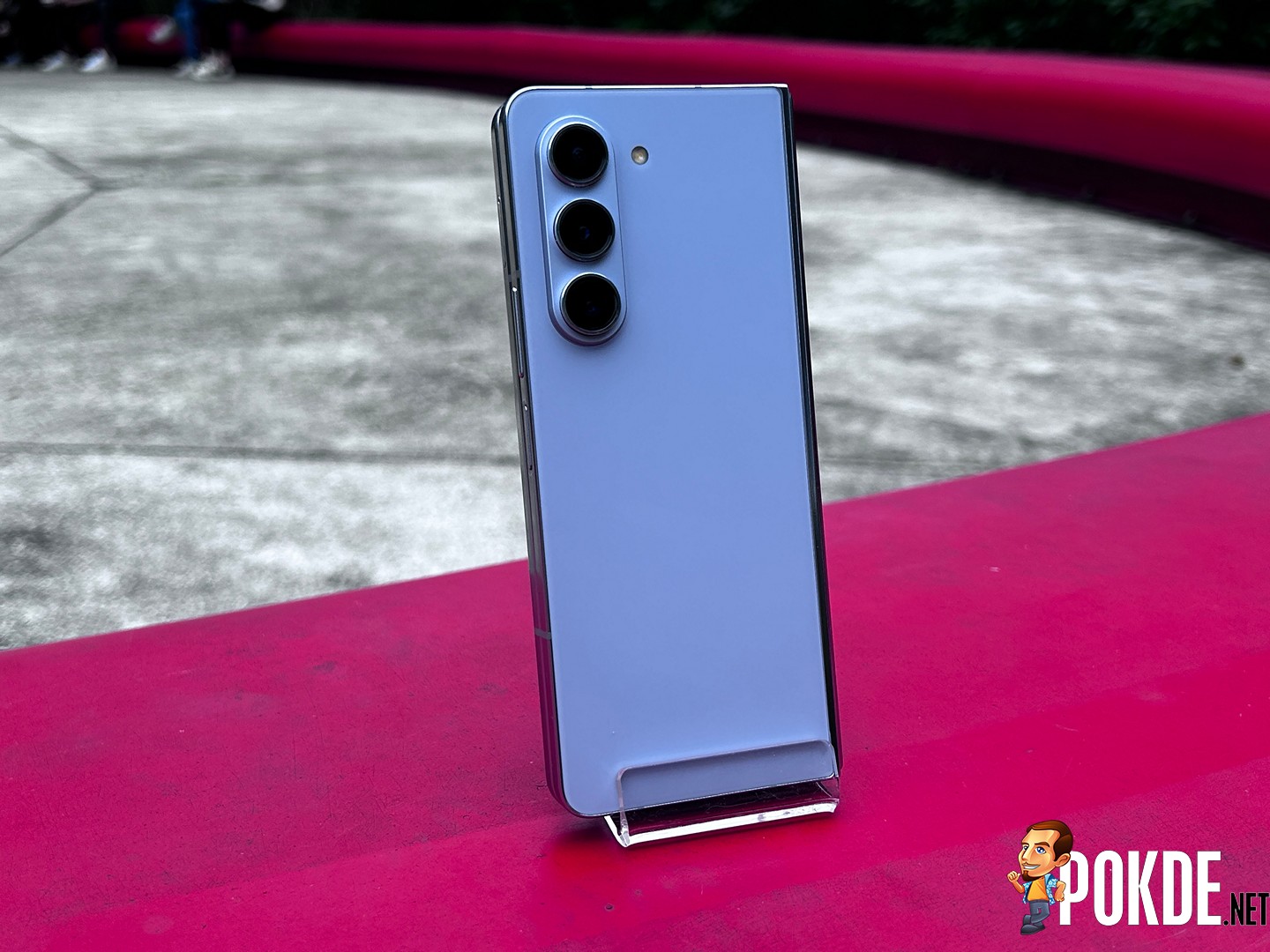
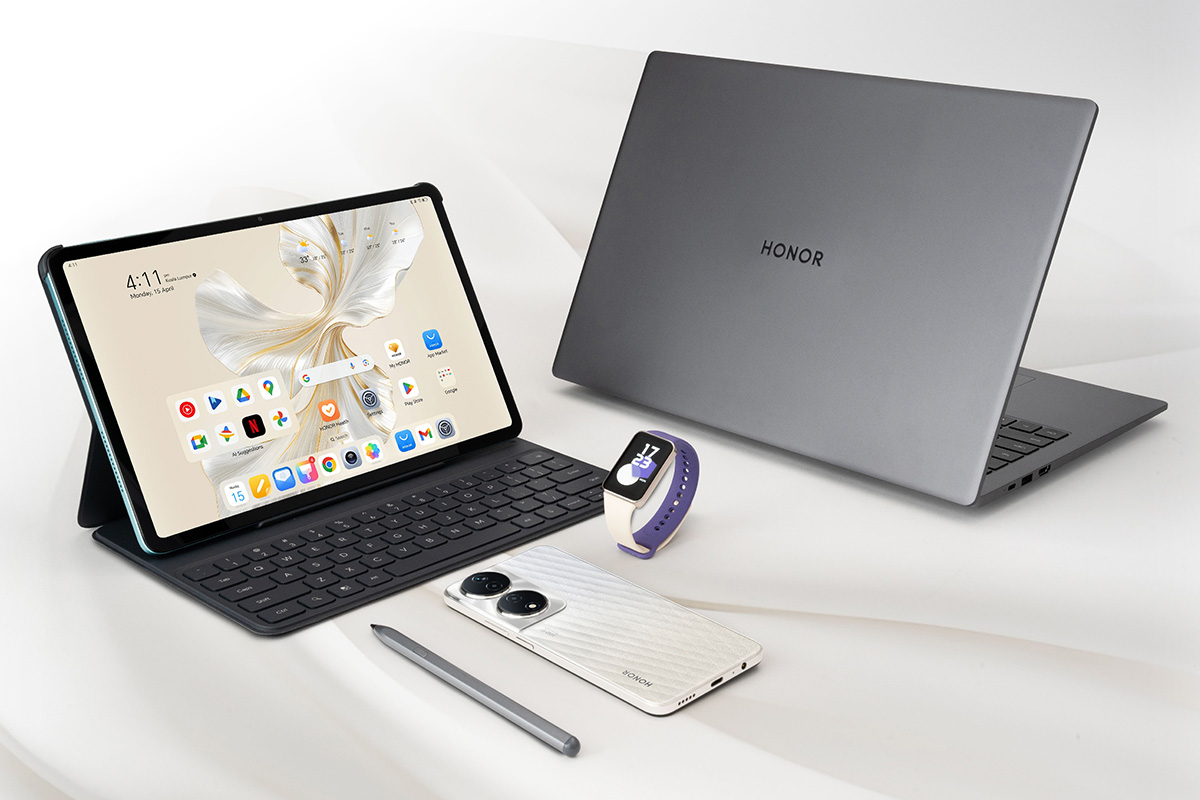
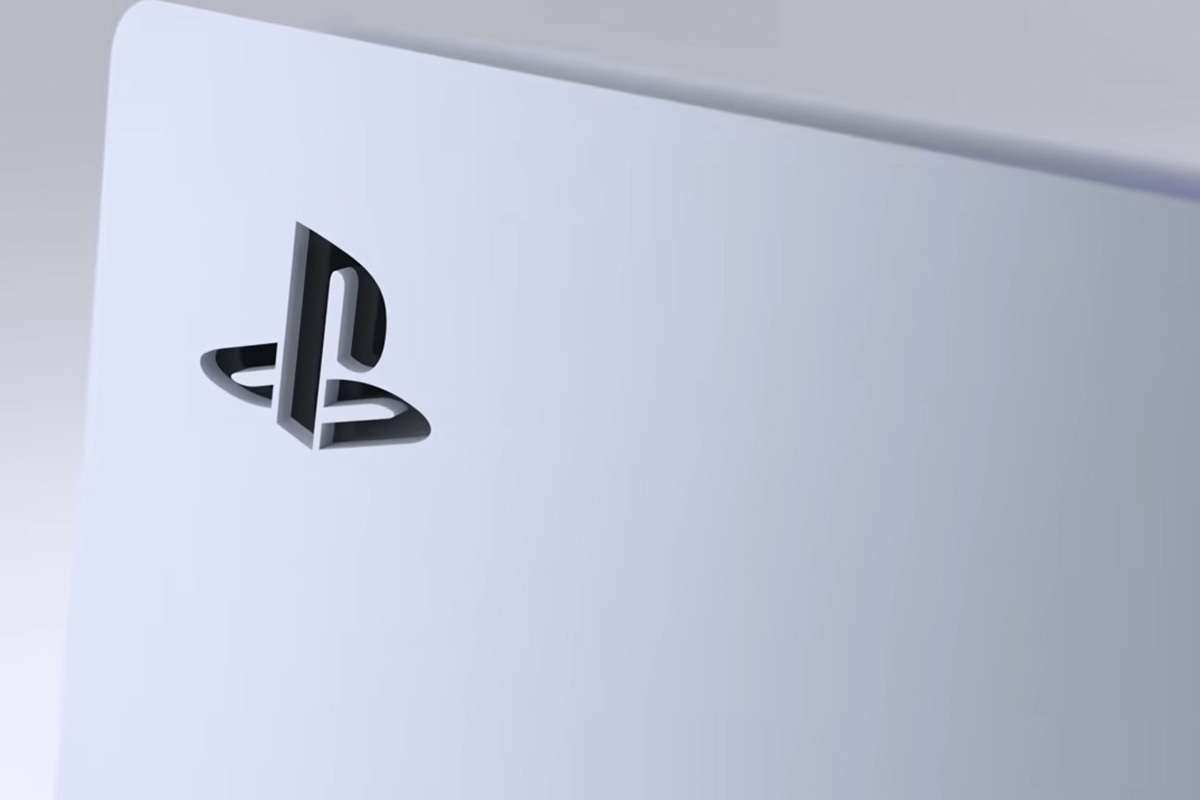


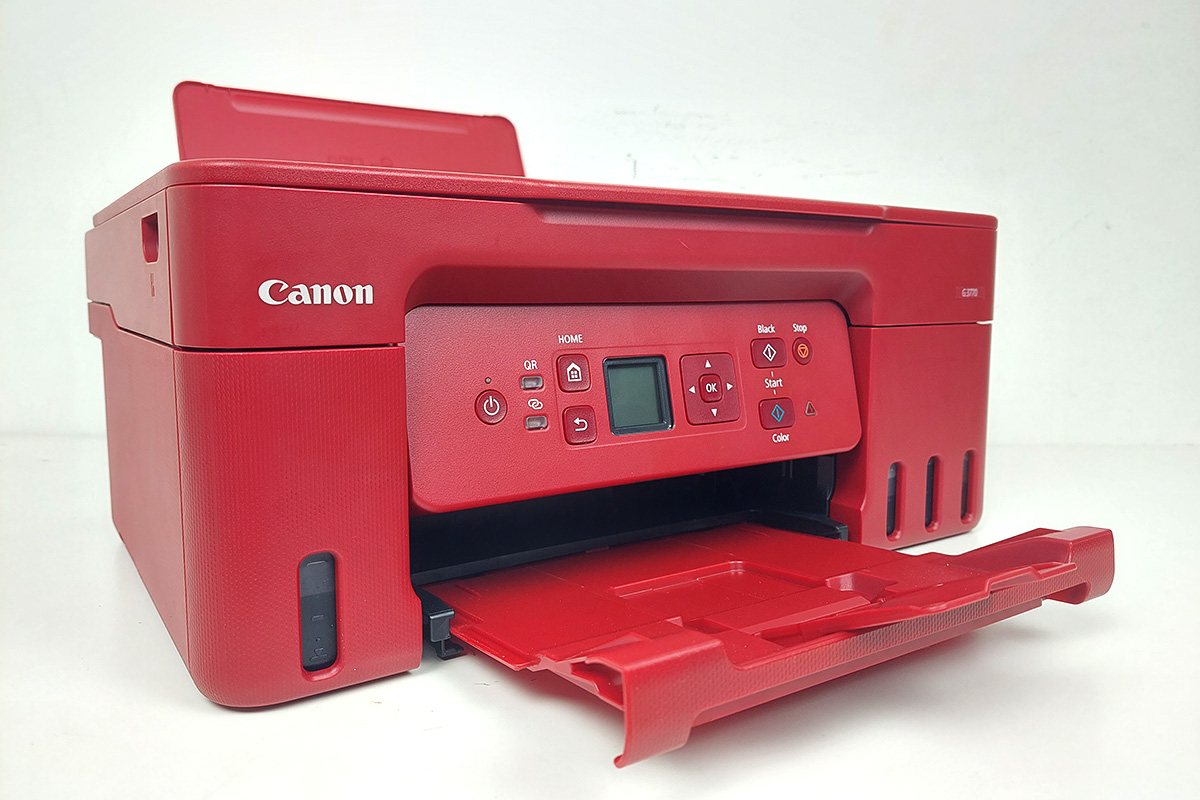



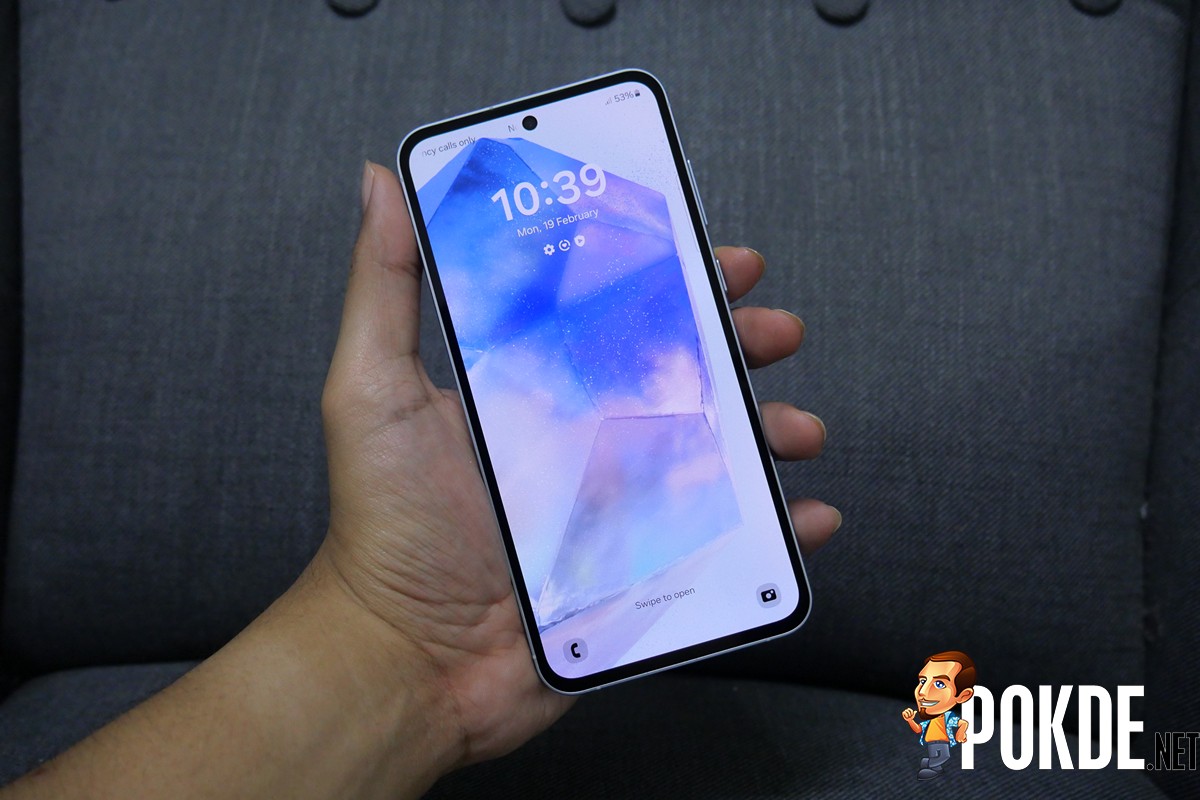












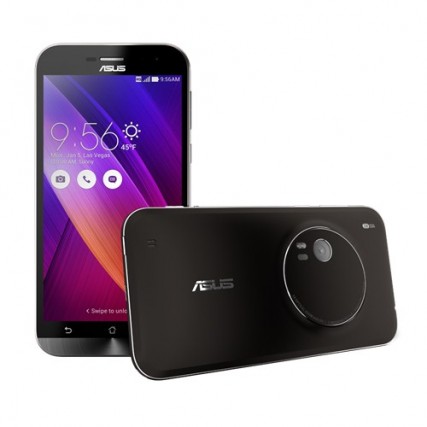
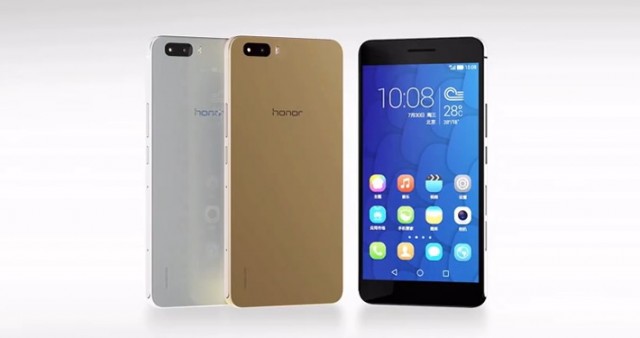
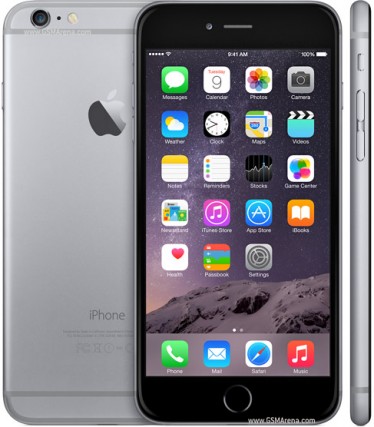
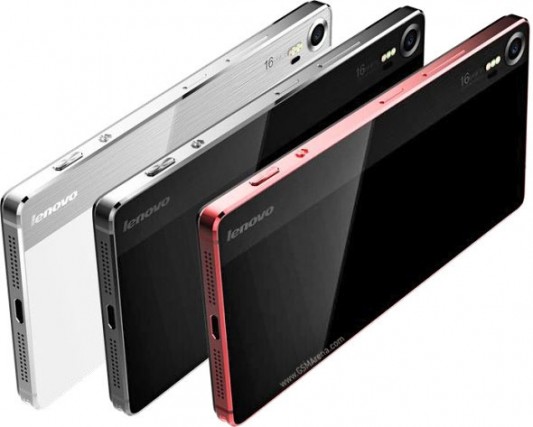
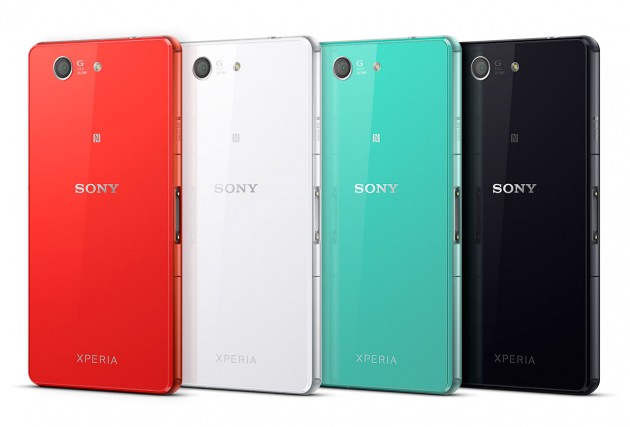
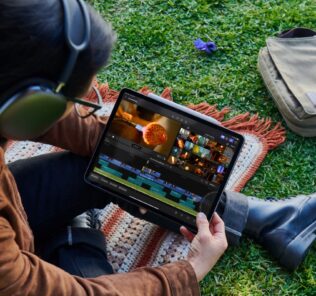
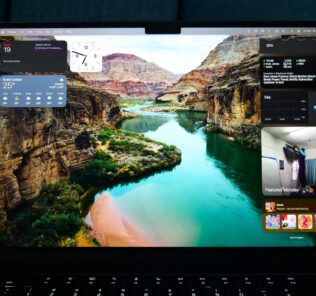
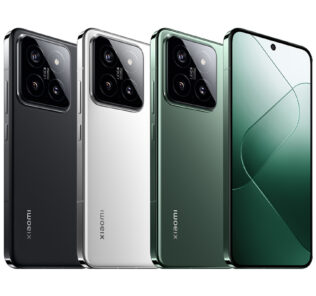
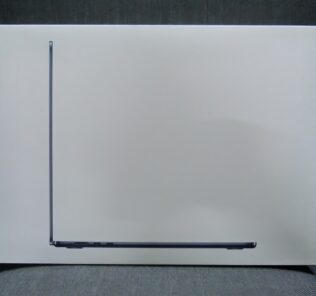
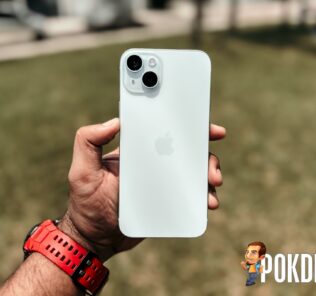
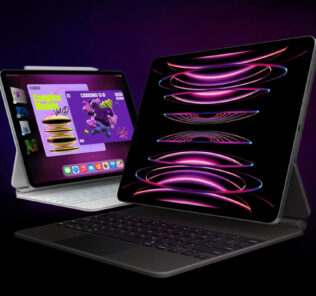
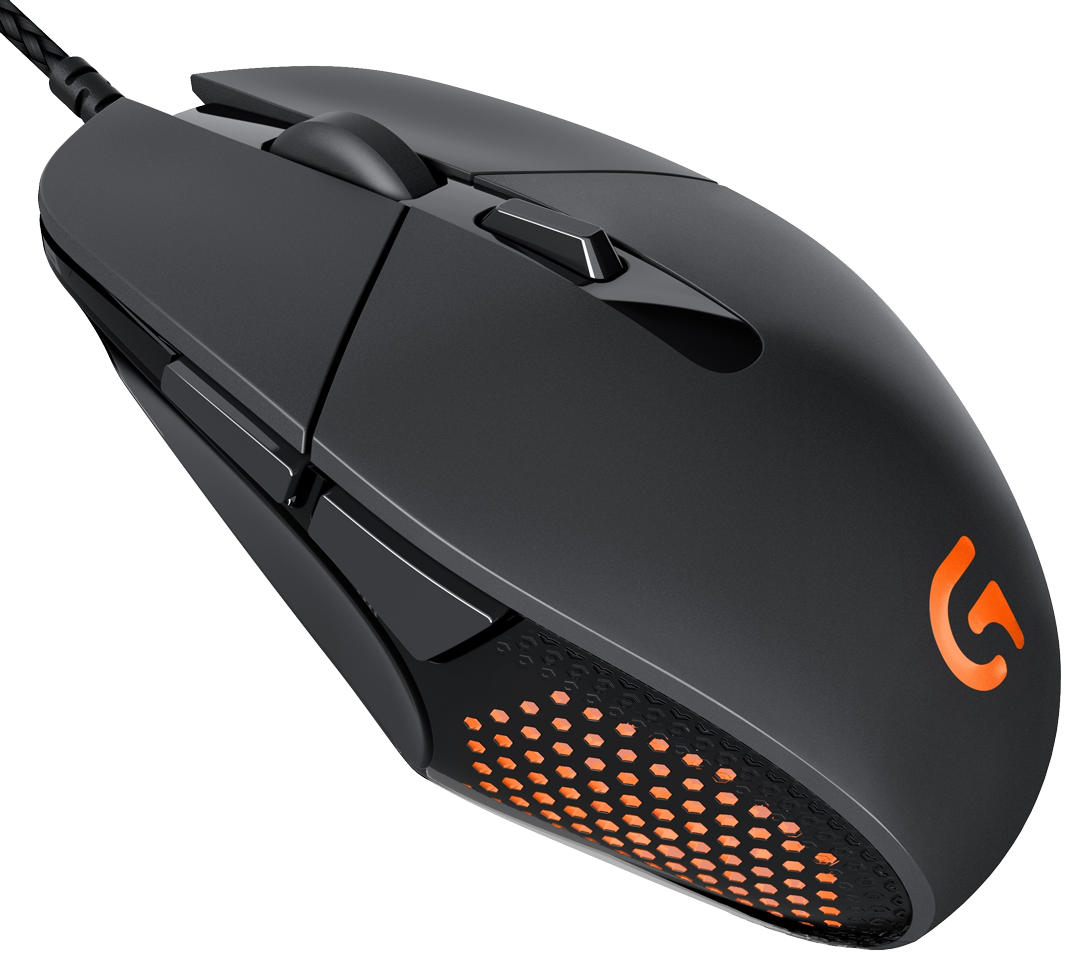






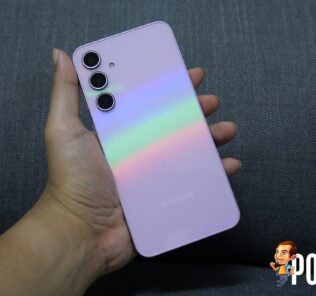


Leave a Response